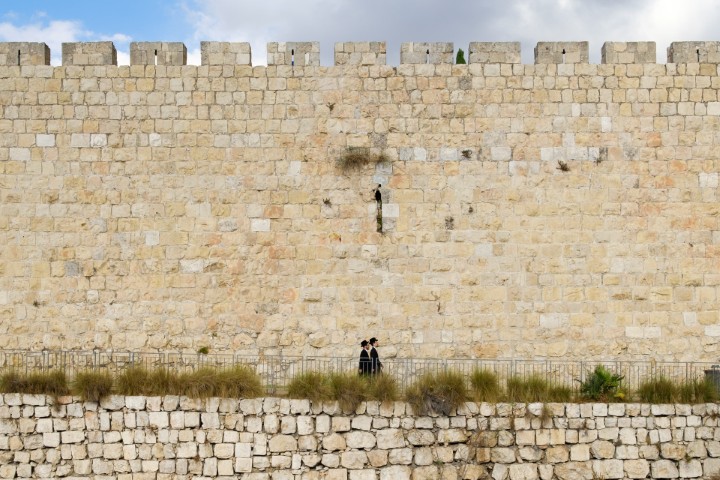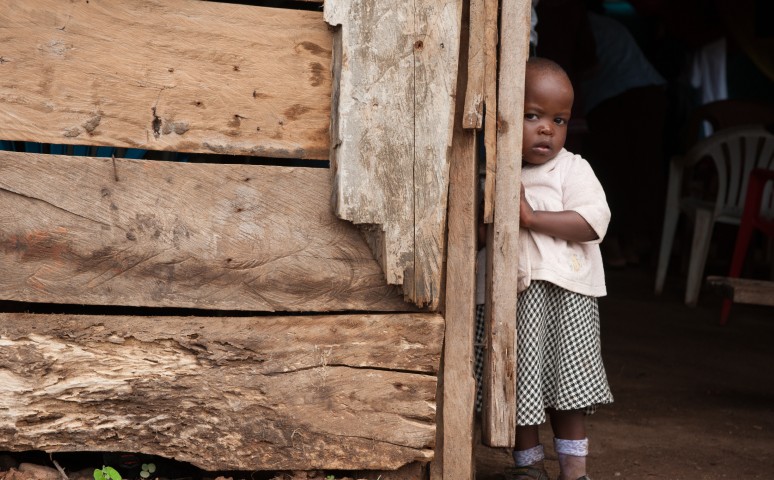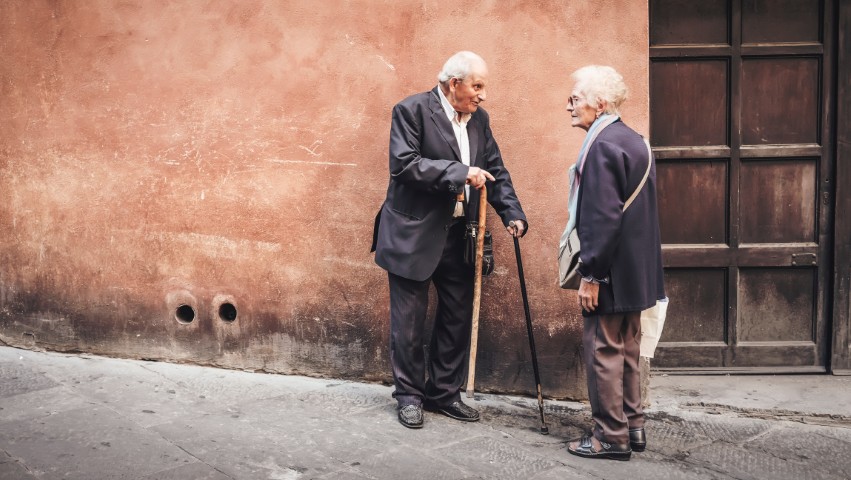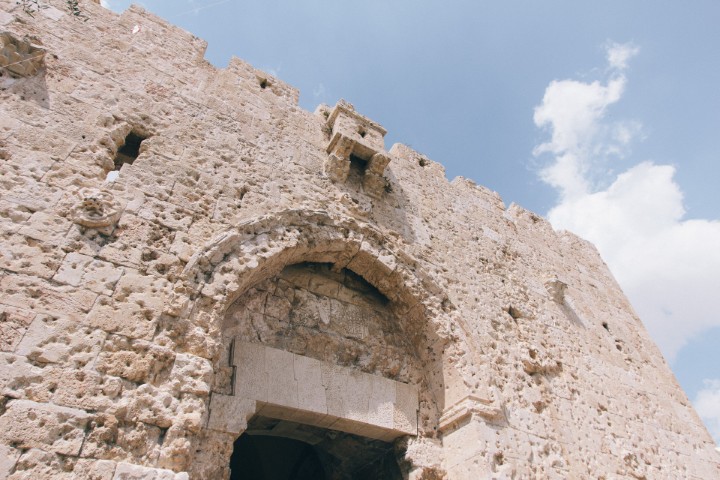
Where does Kedusha reside - in the unspoiled nature or at the peak of civilization? thoughts on the transition from Yom HaAtzmaut to Yom Yerushalayim, following a drasha of Rav Shagar.
Zvi Leshem
’
During the month of Iyar we experience numerous transitions. In addition to the ongoing process of Sefirat HaOmer, within which the month of Iyar is completely encased,1 we also transition from Yom HaShoa to Yom HaZikaron, from the latter to Yom HaAtzmaut, from Pesach Sheni to Lag B’Omer, and from Yom Yerushalayim to Chag Shavuot. I would like to address an aspect of the transition from Yom HaAtzmaut to Yom Yerushalayim, based upon a drasha of my teacher Rav Shagar zt”l.2
We all feel strongly that the transitions in time during the weeks of Iyar reflect the dramatic transitions of Am Yisrael during the decades of the mid 20th century. The week that transpires from Yom HaShoa to Yom HaZikaron which overnight turns into Yom HaAtzmaut seems to parallel the few short years that spanned the destruction of European Jewry followed almost immediately by Israel’s miraculous independence which was of course accompanied by great losses in its own right.3 Similarly the three weeks separating Yom HaAtzamut from Yom Yerushalayim seem to encapsulate the nineteen year process from the independence of the State in 1948 until the liberation of Jerusalem in 1967. From the perspective of the Religious Zionist, these two events marked two clear stages in the dazzling process of the Geula, which while proceeding stage by stage, nonetheless seemed to be hurtling forward, with Divine providence only thinly veiled in the guise of nature.4
On a different plane of awareness, Rav Shagar points out that the transition from Yom HaAtzmaut to Yom Yerushalayim is also the transition from the holiness of the Holy Land to the higher sanctity of the Holy City. This distinction is both legally and symbolically demarcated by the walls which surround the city. Thus, in addition to the temporal process of moving from The State of Israel to the reunited Jerusalem, which perhaps parallels as well the development of the Monarchy under David after the Joshua’s initial conquest, there is a spacial development as well. What is the specific spiritual quality of the holiness of the Land in general as opposed to that of Jerusalem in particular?5 In short, the land represents nature whereas the city represents civilization. It is certainly possible that every reader will have their own visceral reaction to this dichotomy. Some people will instinctively feel drawn to the untamed freshness and raw power of nature, whereas others may find the endless expanses of the land to be frightening and disorienting as opposed to the human context of the city. On the other hand, for people of the first type, the city may represent not civilization in all of its impressive glory, but rather the place of corruption, sin and violence.
Ultimately both realities have light and dark sides and represent two very different kinds of Kedusha. Whereas the inherent holiness of the Land of Israel is dependent to a large extent upon the presence of the People of Israel, the holiness of Jerusalem is predicated upon the presence of the Shechina, the Divine Presence. While the first could be described as political, the second is transcendent. The walls that surround Jerusalem demarcate not only its status as a walled city, which in invested with special sanctity,6 the walls also invest it with the status of machaneh, like the desert encampment of the Jews, where a clear distinction was made between the holiness of the camp and the impurity of the outside world, where various impure or sinful individuals were forced to dwell until they underwent the relevant purification or expiation rituals that they needed. So too, on Yom Kippur, the High Priest sent the ‘scapegoat’ from Jerusalem to its violent death in the Judean Desert, a process which the Ramban described almost as an offering to placate the forces of evil and impurity.7
The nexus between wilderness and city, the locations of the chaotic forces of nature and the orderly human reality of culture, is at the point of the walls, where the two realities meet.8 One who enters the city transitions from the dangers of untamed natural reality into the very different reality of human culture and civilization. However the story is actually much more complex. Many would argue that civilization is the source of human corruption and violence, and that only the return to nature can save whatever bit of innocence human beings have left.9 This deep-seated feeling of disillusionment with ‘progress’10 is closely related to many modern trends and movements, including environmentalism and vegetarianism.11 As Rav Shagar sums up the above paradox, ‘the holiness of the Land calls upon us to return to nature, with its simplicity and rawness, and to be purified in it; and the holiness of Jerusalem calls upon us to take control over nature…to strive for the pinnacles and complexities of the human [capabilities] that flow from this control’. Human control of nature always runs the risk of degenerating into dangerous hubris, as has been seen time and time again throughout history.
For Rav Shagar the solution lies in the unique nature of Jerusalem as it is supposed to be; the city of Divine royalty, the palace of the King in which holiness is manifested not only in ritual, but through social justice as well. As the honor of HaShem is revealed the human city dweller is shielded from hubris; he in fact becomes ever more humble in the presence of the magnitude of Divine glory. Thus Jerusalem ultimately becomes the locus of rectified culture and civilization, the place where human beings, rather than trampling one another, care for each other and shine their countenance upon each other, just as they are all illuminated by the countenance of God. As Rav Shagar concludes,
Yom HaAtzmaut calls upon us to return to our homeland, to be gathered up in the nature of Eretz Yisrael, and Yom Yerushalayim invites us to appear before the splendor, finding the Divine within it, to abandon the simplicity of the house and enter into the palace…the forces of impurity are exiled to the outside of the camp so that human organization will develop in the city…to the glory of the Divine and the justice which is derived from that glory – that is the glory of Jerusalem.
May it be the will of HaShem that the transition from Yom HaAtzmaut to Yom Yerushalayim be in fact the elevation from the holiness of the Land to the holiness of the City in its true rectified form. May the process of redemption continue so that we merit serving HaShem in the holy Temple in a city that is both the place of peace and unity and the place of justice.





